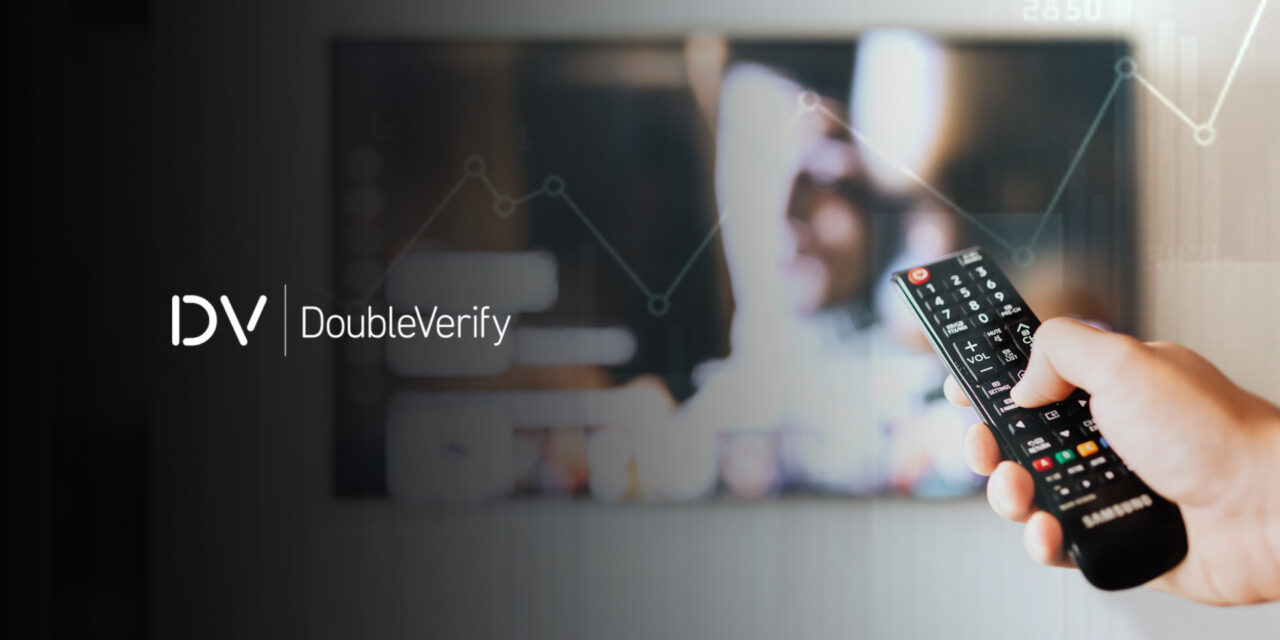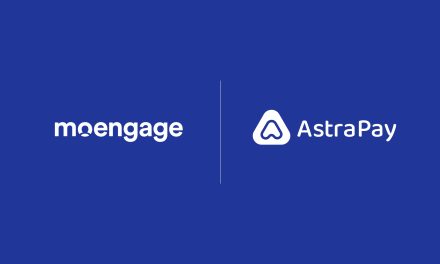Brand safety violations also decreased for the 2nd year in a row
DoubleVerify’s (“DV”) first-ever Global Insights Report, published in 2017, reported display viewable rates at 52% and video viewable rates at 59%. Now, they are near or above 70%.
Additionally, brand safety violations have decreased for the second year in a row. Verification technology is making the internet stronger, safer, and more secure.
This is according to DV, a leading software platform for digital media measurement, data, and analytics, which released its 2022 Global Insights Report on 18 May, analyzing media quality and performance trends from more than one trillion impressions delivered across over 2,100 brands in 80 markets. This fifth-year anniversary report explores how far the industry has come since 2017.
The report provides a market-by-market analysis for North America, LATAM, EMEA and APAC across video and display impressions measured year-over-year (YoY) from January-December 2021, including desktop and mobile web, mobile app, and connected TV (CTV).
For APAC specifically, key findings include:
- APAC has the lowest post-bid fraud rate (1%). This does not mean that fraud is not present in APAC, just that pre-bid controls are likely eliminating fraud before it can be processed for post-bid blocking or monitoring.
- Substantial improvements in brand suitability and viewability over the past year as the growing impact of their commitment to quality and media verification was realized. APAC is closely trailing North America in this aspect.
- Brand suitability violations in the region declined by 31% Y-o-Y, and are now at 6.9%.
- APAC achieved this drop in violations after the top advertisers in the region cleaned up their keyword lists and began using Authentic Brand Suitability targeting
- Large brands in the region also focused heavily on viewability and it paid off; with a 17% increase in video viewability in the region.
- APAC has the highest video viewability, with room for improvement for display viewability (which is five percentage points away from the IAB recommended threshold of 70%)
- DV monitors relatively more ads on mobile apps in APAC compared to other regions.
- When compared against desktop, mobile app, and mobile web, the app’s display and video viewable rate ranked the highest (72.5% and 77.4% respectively), with brand suitability violation rate ranking the lowest (4.4%).
Jordan Khoo, Managing Director, DoubleVerify APAC, said, “The APAC region has made great strides in reducing post-bid fraud and substantial improvements in both brand suitability and viewability in the last year. This highlights the impact created by our commitment to quality and media verification in the region.”
“This year’s report finds that media quality is table stakes,” added Zagorski. “No longer is it acceptable to assume that a portion of media dollars will be wasted on fraud, or potentially exposed to brand suitability concerns. Advertisers have demanded quality, understanding that it is a prerequisite to achieving performance.”
Other key global takeaways include:
Record Spike in Fraud Schemes, Driven by CTV and Video — The number of fraud schemes uncovered by DV spiked by over 70% year-over-year from 2020 to 2021. This year, an unprecedented number of schemes targeted CTV and video – the most complex and sophisticated of which included OctoBot, SneakyTerra, ViperBot and SmokeScreen. We estimate these schemes alone attempted to steal more than $6-8 million each month from advertisers – and are costing publishers, too. DV estimates show that these CTV schemes alone may have siphoned $140 million from publishers in 2021.
Brand Safety Violations Decrease for 2nd Year in a Row — The post-bid brand suitability violation rate continues to fall, and is now 9% lower than last year for an overall rate of 7.1% – meaning advertisers see brand suitability violation rates decrease as their verification strategy matures. DV also saw momentum for a brand safety and suitability floor. In 2019, the Global Alliance for Responsible Media (GARM) and the 4A’s released the brand safety floor and suitability framework. The brand safety floor identifies topics and content that are considered unsafe and never appropriate for monetization. Ninety-three percent of the advertisers DV analyzed leverage at least one brand safety floor category for avoidance, blocking and or monitoring, and 61% use all floor categories.
Video Ads See Impressive Growth in Attention, Driven by CTV — Video Completion typically refers to the number of times a video plays to the end, often broken up into quartile metrics to indicate levels of video performance and attention (e.g. 25% Complete, 50% Complete, 75% Complete, 100% Complete). DV has seen moderate, steady improvement in quartile-level completion rates for quartiles 1, 2, and 3 over the last three years. However, Video Completion Rate (VCR) has drastically improved from 62% in 2019, to 67% in 2020, to 71% in 2021. This increase is likely due to increased measurement on CTV, where VCR climbed 3% year-over-year and is now at 95.6%.
Pre-bid Verification Boosts Media Quality & Performance — Increased adoption of pre-bid verification is driving declines in post-bid violations (brand safety/suitability, fraud, and geo infractions). Pre-bid activation of verification solutions allows advertisers to reduce blocks by evaluating whether a programmatic impression will be brand-suitable, fraud-free, and in geo before the bid takes place. Advertisers deploying pre-bid verification through the media transaction see a marked improvement in the quality of their buys, with post-bid violation rates falling 6% Y-o-Y. Overall, DV advertisers now experience an average of just 10% post-bid violations across all quality measurement criteria.
Experience is Driving More Sophisticated Verification Strategies — The number of years a brand has worked with a verification provider typically equates to greater sophistication and understanding of the value of such verification tools, ultimately resulting in lower violation rates, greater campaign quality, and efficiency. DV found that long-standing verification users are most likely to adopt a wider set of verification tools, preventing fraud and brand suitability infractions before an ad is served. These advanced advertisers saw



















